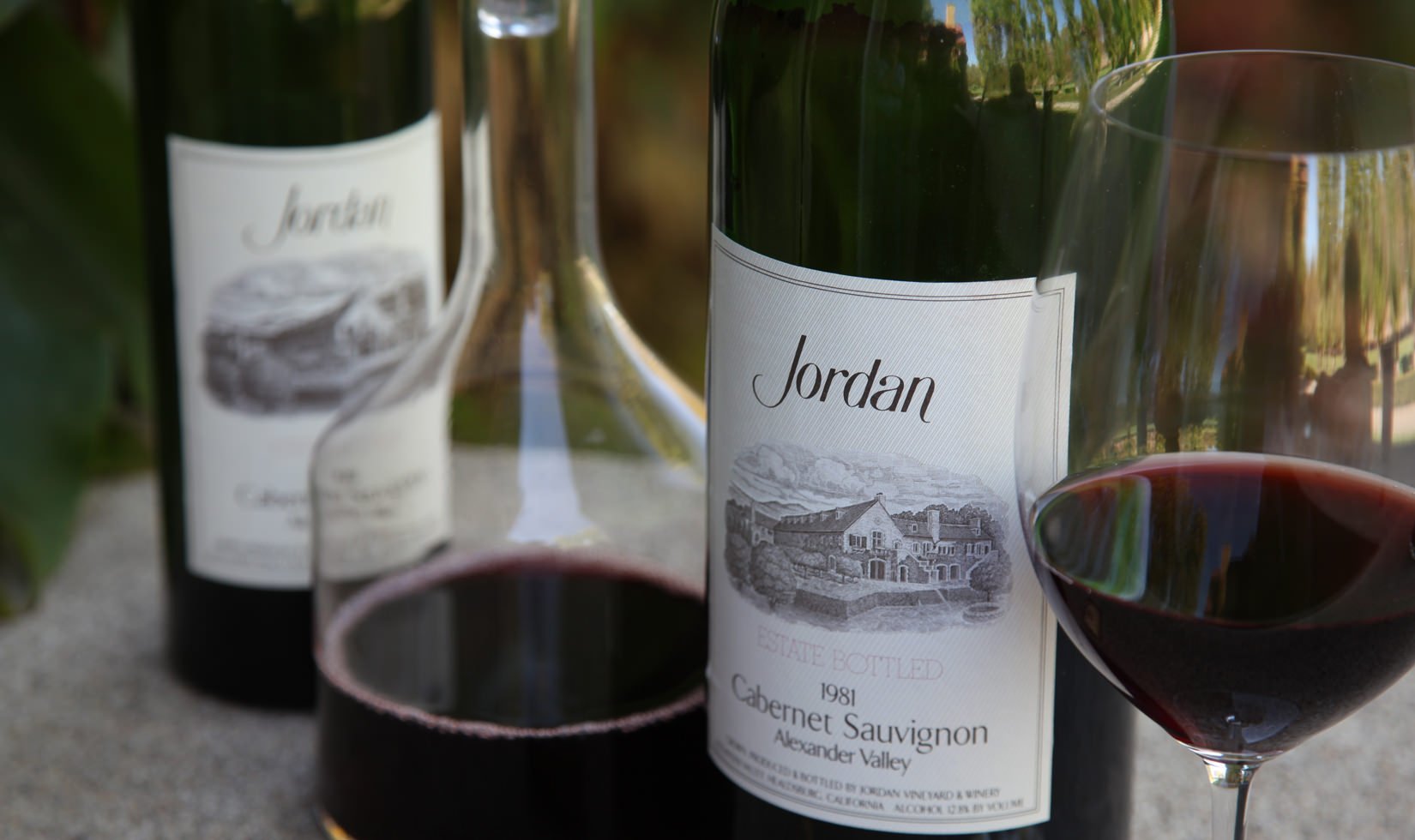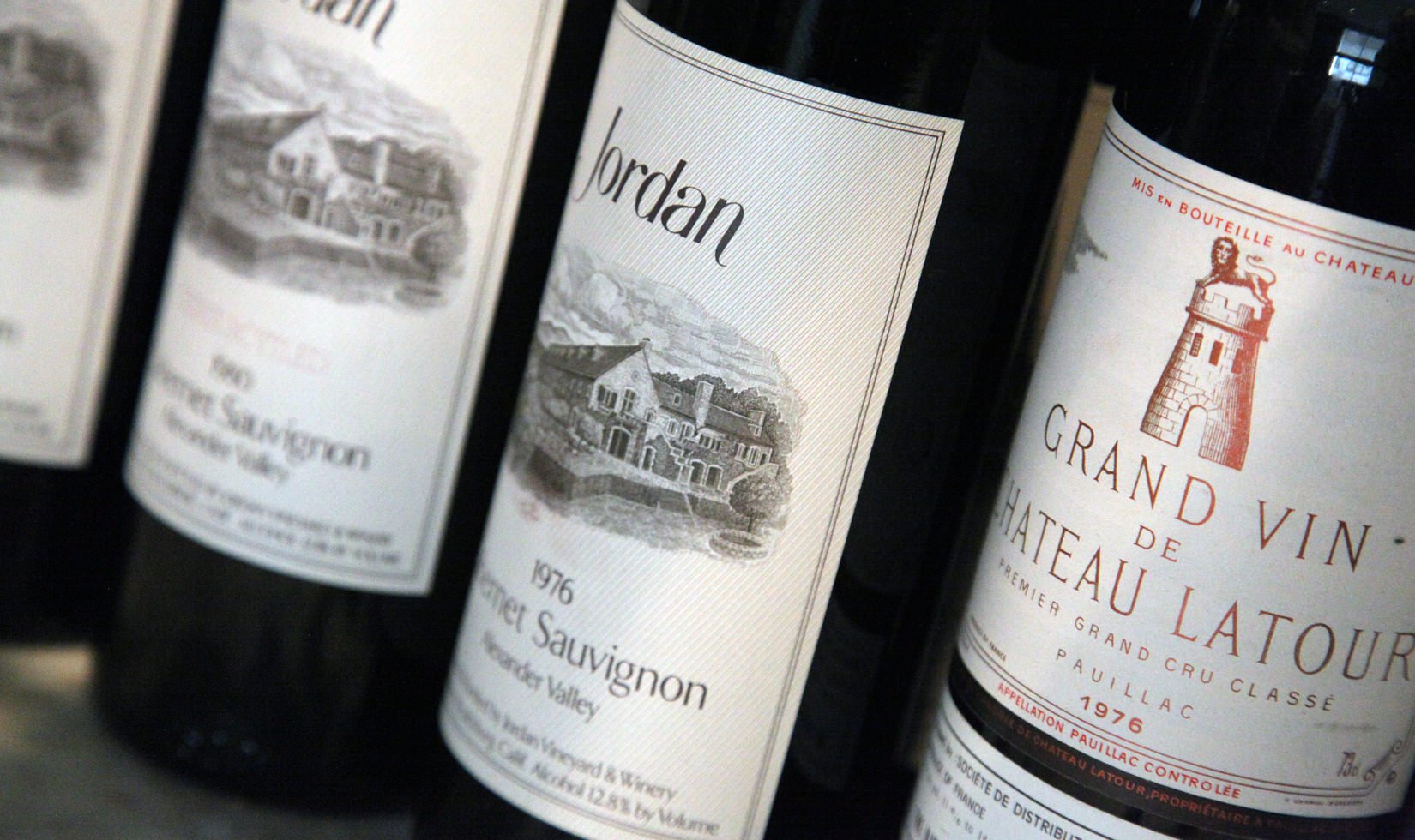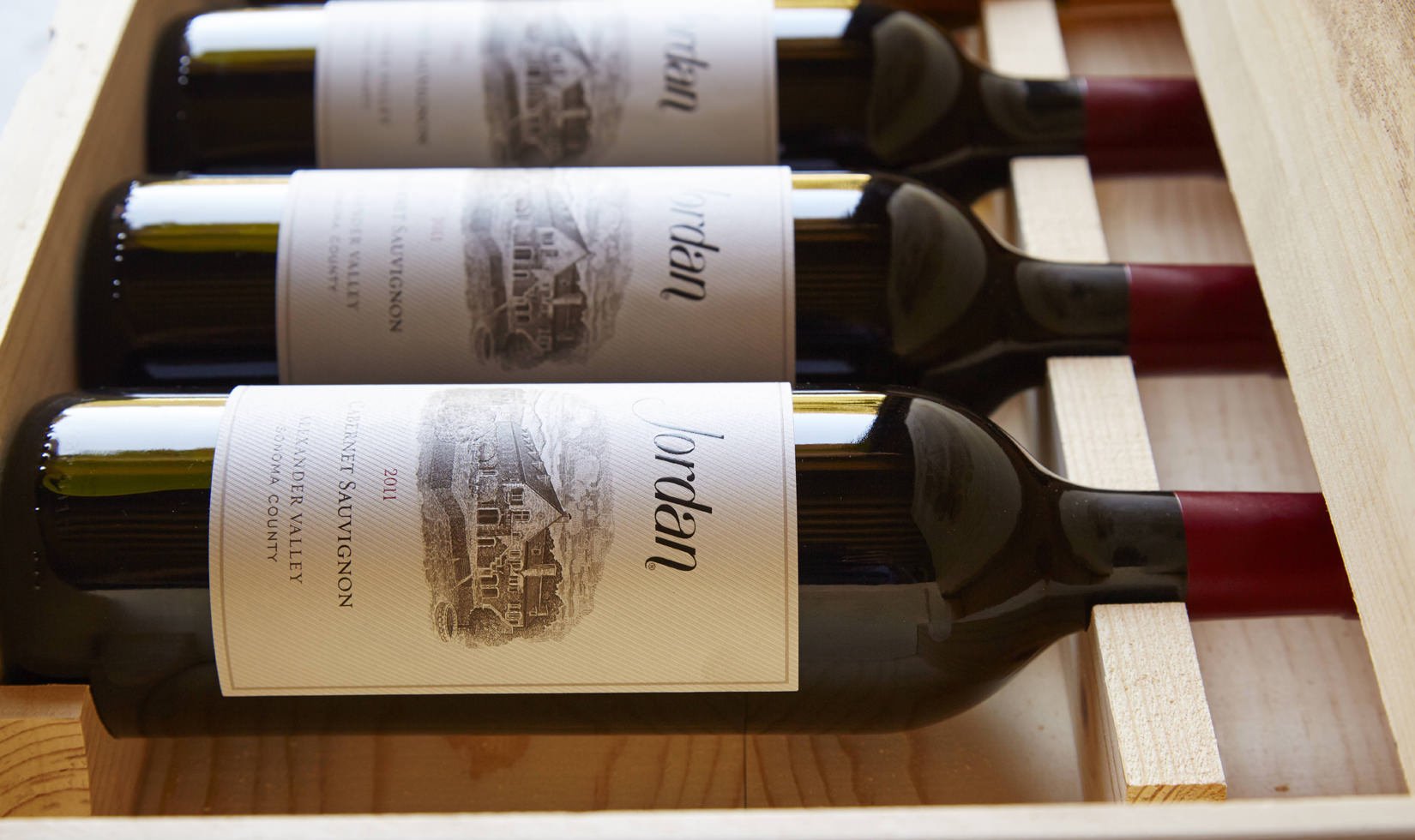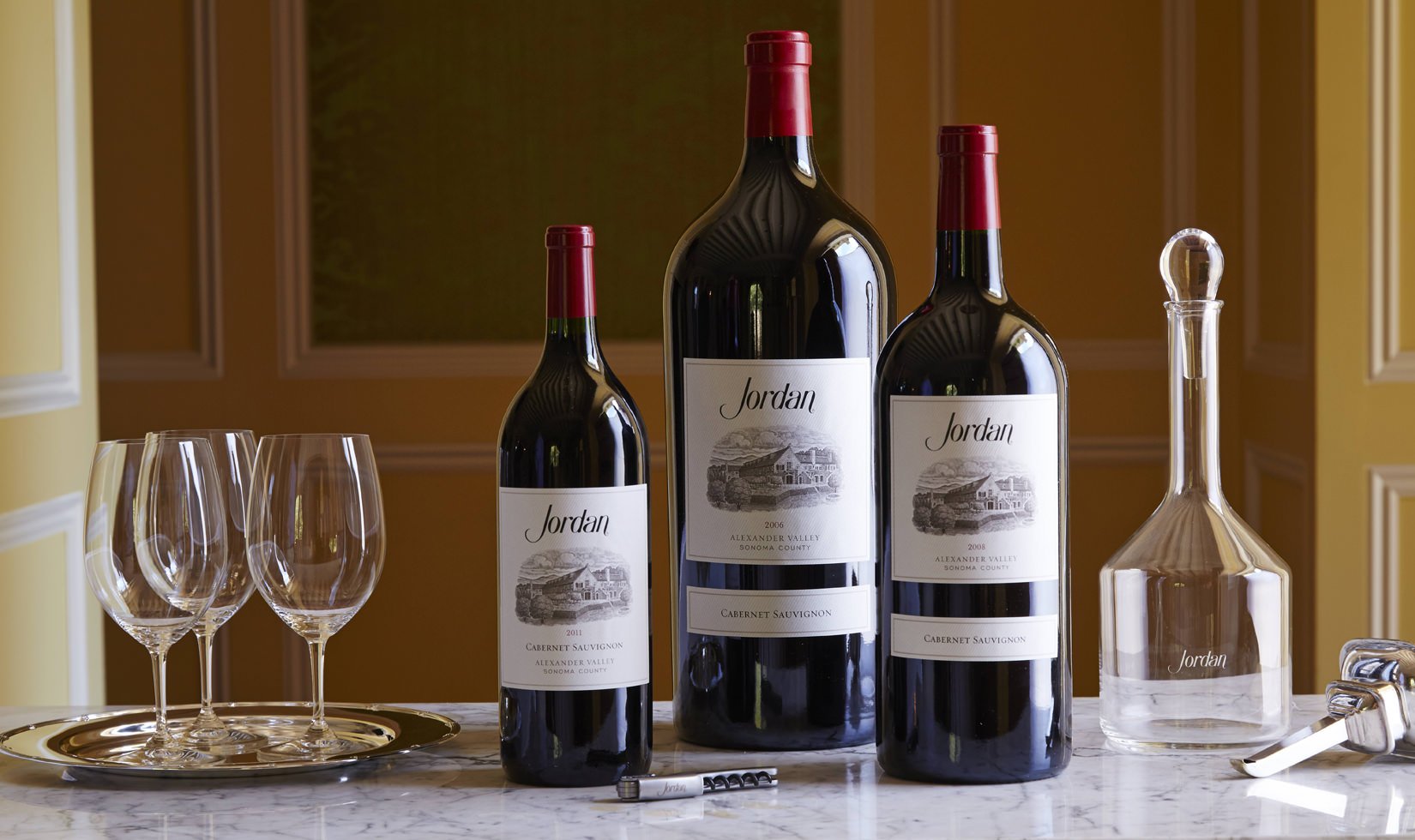A well-crafted Cabernet Sauvignon continues to develop over time. The wine’s personality evolves in a way that leads to increased aromatic complexity and texture. When stored properly, balanced Cabernet Sauvignon can be enjoyed for decades. Here are five tips for aging a bottle of Cabernet Sauvignon to ensure your patience is rewarded when you uncork that older wine you’ve been saving.
Select a cellarworthy wine
Does Cabernet Sauvignon age well? How long a red wine ages gracefully depends on two key factors: tannin and acid. Tannins are those astringent compounds derived from both the grape and the oak barrel in which the wine is aged. Over time, these compounds soften, allowing different aromas and flavors to emerge. Acid in the wine acts as a natural preservative and refers to the natural citric acid level evident in the grapes at the time of harvest. Our winemaking team works diligently to pick Cabernet Sauvignon and other Bordeaux grape varieties (Merlot, Petit Verdot and Malbec) at lower-than-average sugar levels in order to achieve an acid balance that will create a Cabernet Sauvignon built to age for decades.
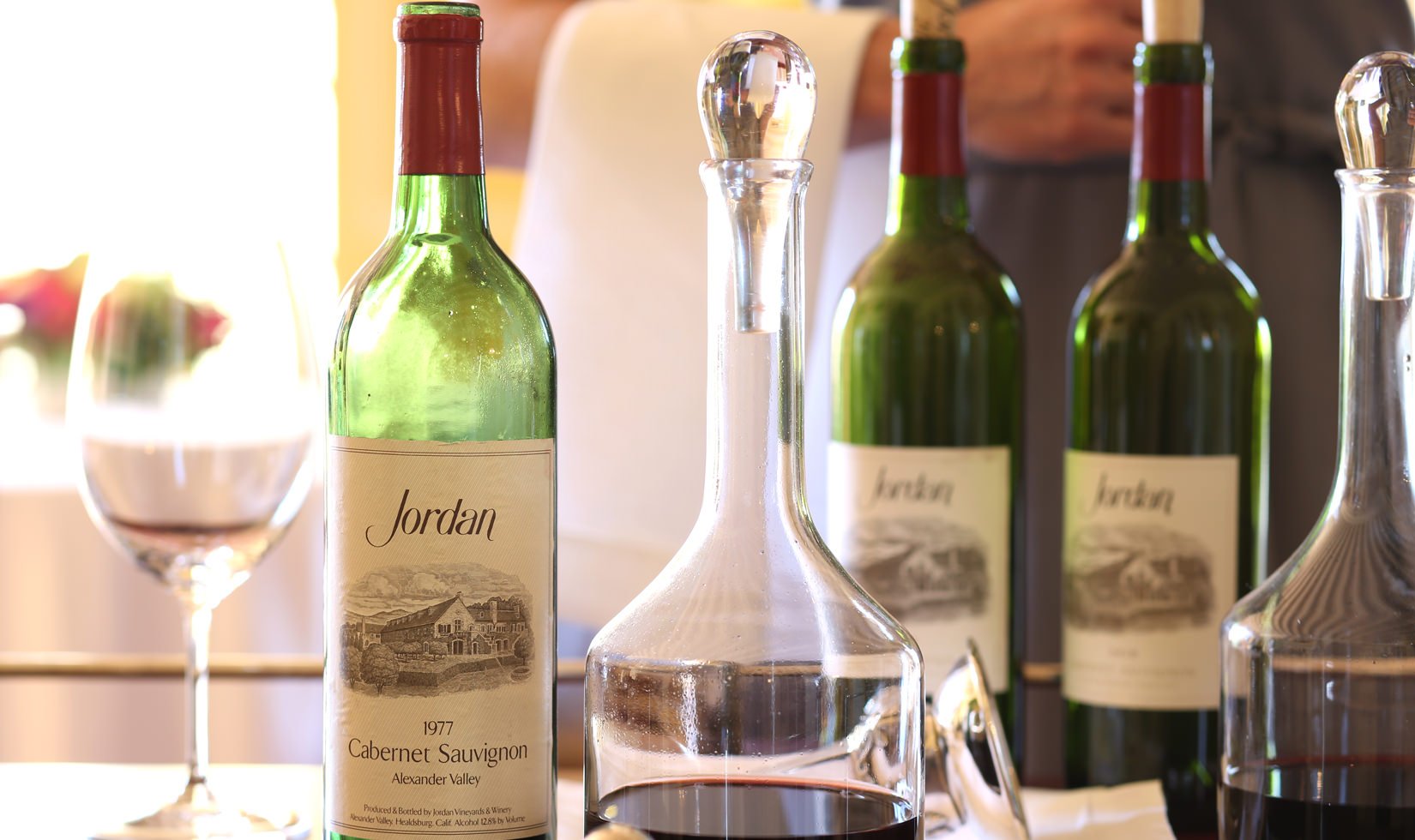
Consider cellaring timeframe
How long to cellar Cabernet Sauvignon before opening it? It depends greatly on the style and quality of the wine. Top Cabernet Sauvignons aged in fine oak and crafted with balance can be cellared for several years, and enjoy the lasting aromatic and flavor influences of bottle age. Though many serious collectors enjoy filling their cellars with wines built to last, most Napa and Sonoma Cabernets are consumed within 1-5 years of their release. If you plan on aging red wine, be sure to take into consideration that different styles of red wine enjoy different aging potential. For example, a bottle of Jordan Cabernet Sauvignon will rest comfortably and age beautifully for a minimum of 7-10 years and continue to bring pleasure to wine collectors even after 20 years of aging in bottle. Many Russian River Valley Pinot Noirs might enjoy peak drinkability sooner at about 3-5 years.
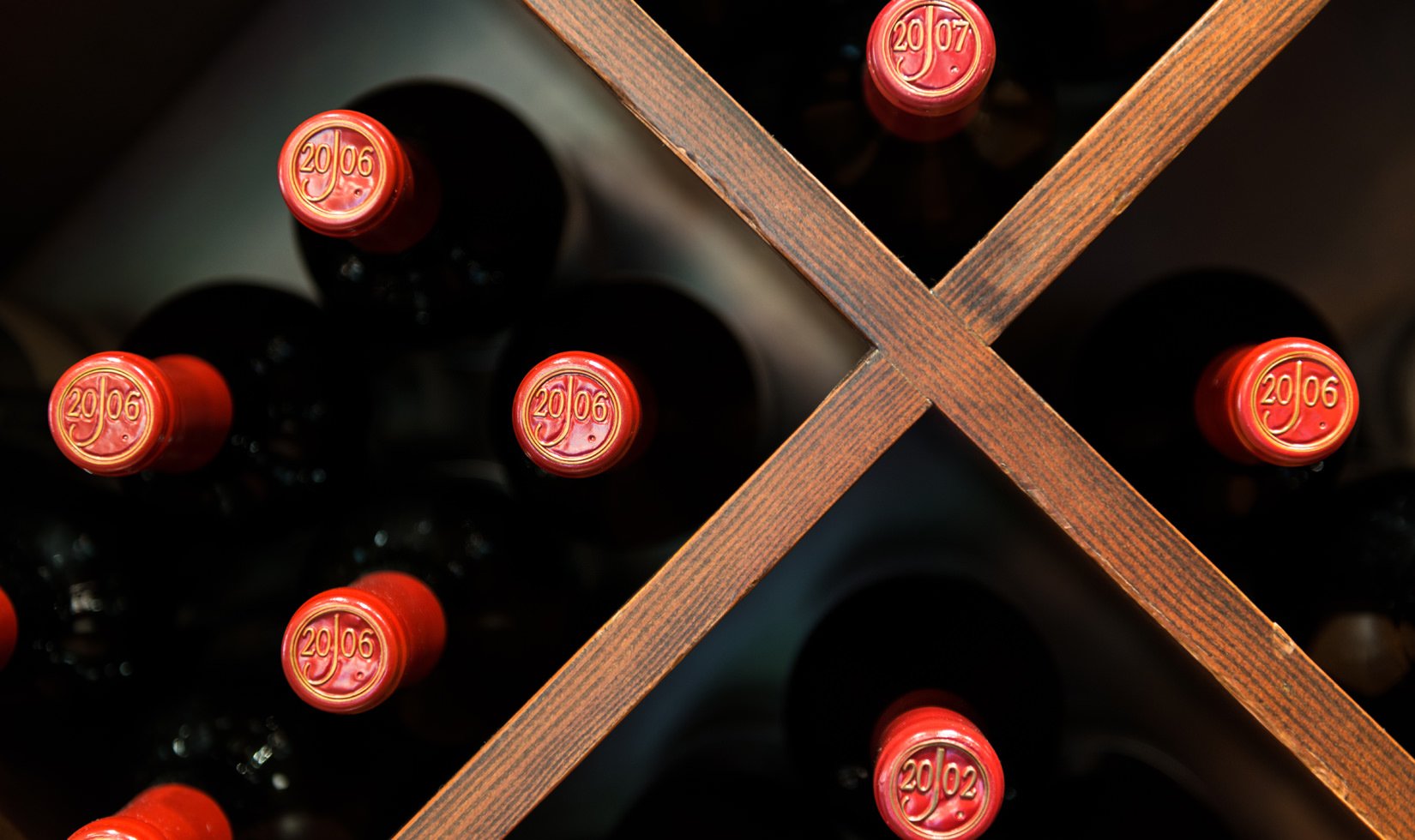
Find the right environment
To build a basic wine cellar, designate a cool, not-too-damp, not-too-dry area in your home that is out of direct sunlight and stocked with simple wine shelves. When considering how to store Cabernet Sauvignon, avoid places like the kitchen, laundry room or boiler room, where hot temperatures and excessive vibration could negatively affect both red and white wines. Most importantly, find a place where the overall temperature is least likely to fluctuate—the key to successful wine storage is an environment wherein the wine can rest quietly and undisturbed at an even, cool temperature. The best locations are usually under a bed, on the floor in a coat closet or in a temperature-controlled basement. The ideal environment for storing Cabernet Sauvignon and other red wines maintains a consistent humidity and has a temperature of 45-65 degrees (55 degrees is optimal). Purchasing a wine cooler with temperature and humidity controls (Wine Enthusiast has a great shopping guide) helps to achieve the best wine storage conditions for cellaring your entire collection.
Lay down your bottles
How wine bottles are stored is vital to their longevity. Store Cabernet Sauvignon bottles on their sides to ensure the wine rests against its cork. This practice creates a liquid barrier between the wine and the cork and helps to prevent the cork from drying out. Cellaring wine in a location with a consistent humidity of 50-80 percent will also help to keep the corks inside resting bottles from becoming too dry.
Size matters
The size of a wine bottle affects the Cabernet Sauvignon aging process and thus the cellaring potential. Magnums and other large-format bottles enjoy an increased volume of wine resting in its glass vessel. This offers more stability from outside forces, such as heat and light, causing the evolution of flavors that take place during aging to be slowed down. The “find a wine” drop-down menu on our online store allows you to search by magnum, double magnum and imperial big bottle sizes.
